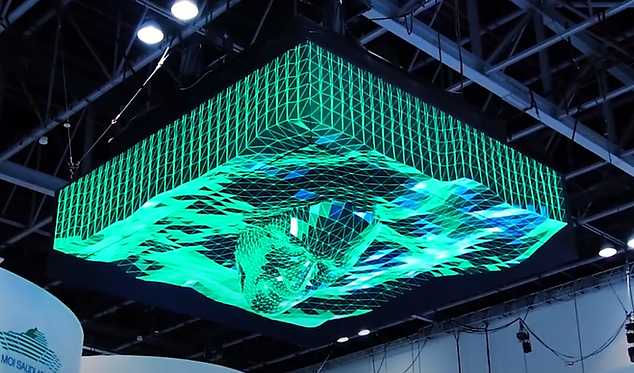
3D animation is a digital art form that creates moving images in a three-dimensional space. Unlike traditional 2D animation, which consists of flat illustrations, 3D animation involves modeling, rigging, and rendering objects or characters to make them appear more realistic. This technique is widely used in various industries, including film, gaming, advertising, architecture, and virtual reality (VR).
How Does 3D Animation Work?
The process of 3D animation involves several key stages:
1. Modeling
Modeling is the first step, where animators create 3D objects or characters using specialized software. These models are built using polygons and can be highly detailed or simplified depending on the project requirements.
2. Rigging and Skinning
Once the model is created, it needs to be rigged, meaning a digital skeleton is added to allow movement. Skinning is the process of attaching the model’s surface to the rig so it deforms naturally when animated.
3. Animation
This is where the magic happens! Animators bring models to life by defining movements, expressions, and interactions. Keyframe animation and motion capture techniques are commonly used to make animations more fluid and natural.
4. Texturing and Lighting
To make the animation visually appealing, textures are applied to the 3D model, adding colors, patterns, and details. Lighting is also essential to create realistic shadows and depth.
5. Rendering
The final stage is rendering, where all elements—models, animations, textures, and lighting—are processed to produce the final animation. This step requires powerful computers to generate high-quality visuals.
Applications of 3D Animation
1. Entertainment Industry
3D animation is a staple in movies, TV shows, and video games. Animated films like Pixar and DreamWorks productions use sophisticated 3D animation to create stunning visuals and compelling stories.
2. Advertising and Marketing
Businesses use 3D animation to create engaging commercials, product demos, and explainer videos. These animations help brands showcase their products in a dynamic and visually appealing way.
3. Architecture and Real Estate
Architects and real estate developers use 3D animation to create realistic building visualizations, allowing clients to see designs before construction begins.
4. Medical and Scientific Visualization
3D animation is used in the medical field to visualize complex procedures, human anatomy, and biological processes for educational and research purposes.
5. Virtual Reality (VR) and Augmented Reality (AR)
VR and AR experiences rely heavily on 3D animation to create immersive environments for gaming, training simulations, and interactive applications.
3D Animation Studios in Dubai
Dubai has become a major hub for digital innovation, with numerous 3D animation studios in Dubai offering high-quality animation services. These studios specialize in various animation projects, including corporate videos, architectural visualizations, interactive experiences, and game development.
Whether you’re a business looking to create a compelling marketing video or a filmmaker in need of professional animation services, Dubai’s top studios provide cutting-edge solutions tailored to your needs. With expertise in 3D modeling, animation, and immersive technologies, these studios help bring creative visions to life with stunning precision and realism.
In today’s digital era, 3D animation continues to shape industries and redefine visual storytelling, making it an essential tool for businesses and creatives alike.